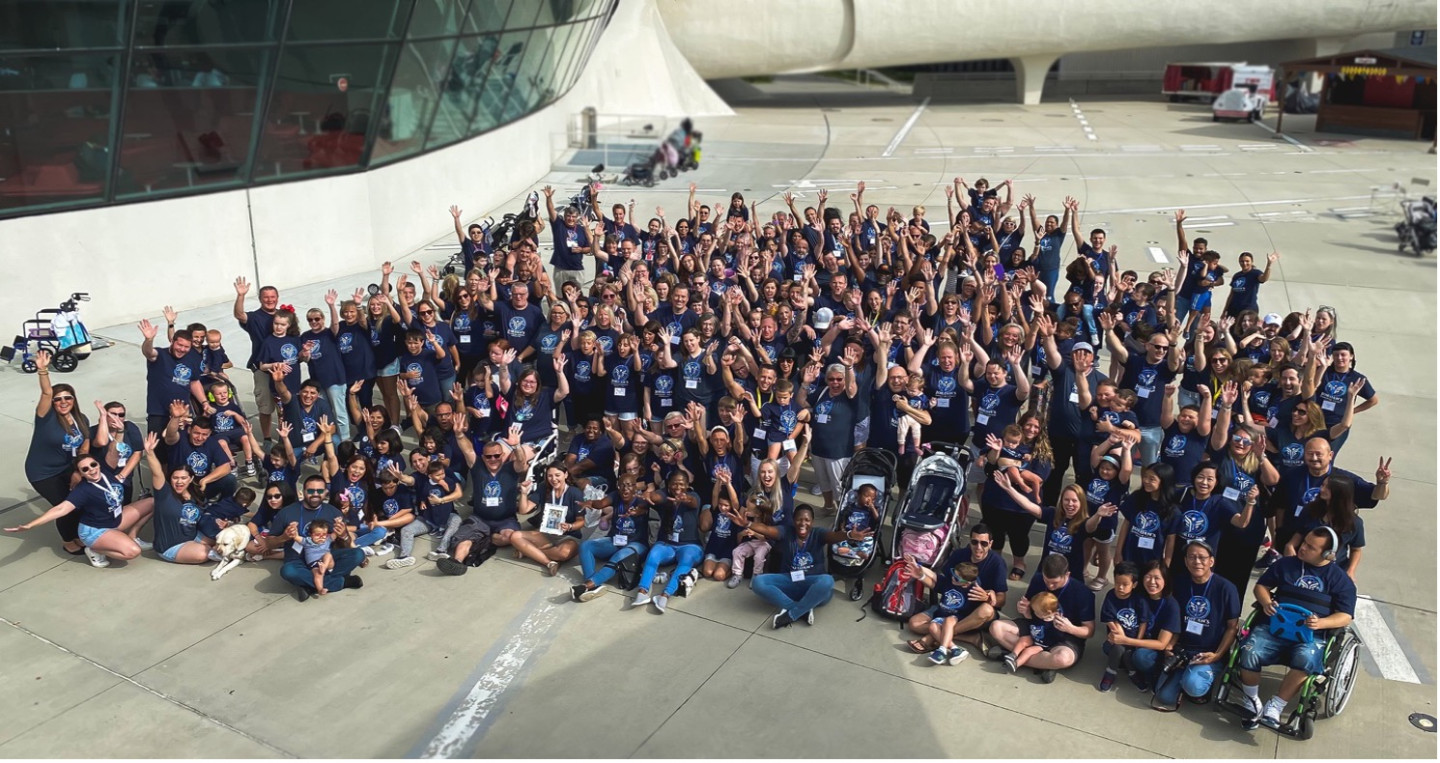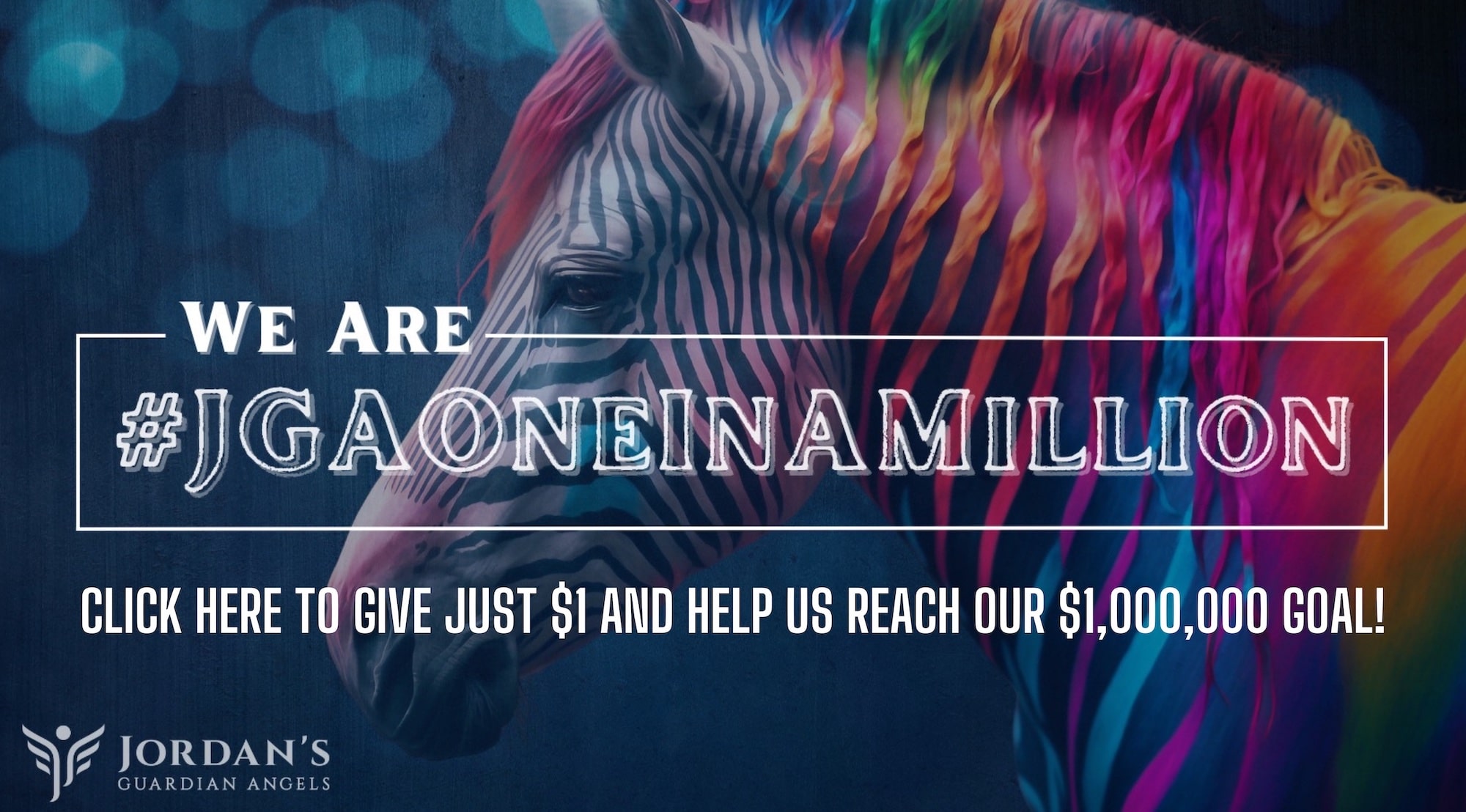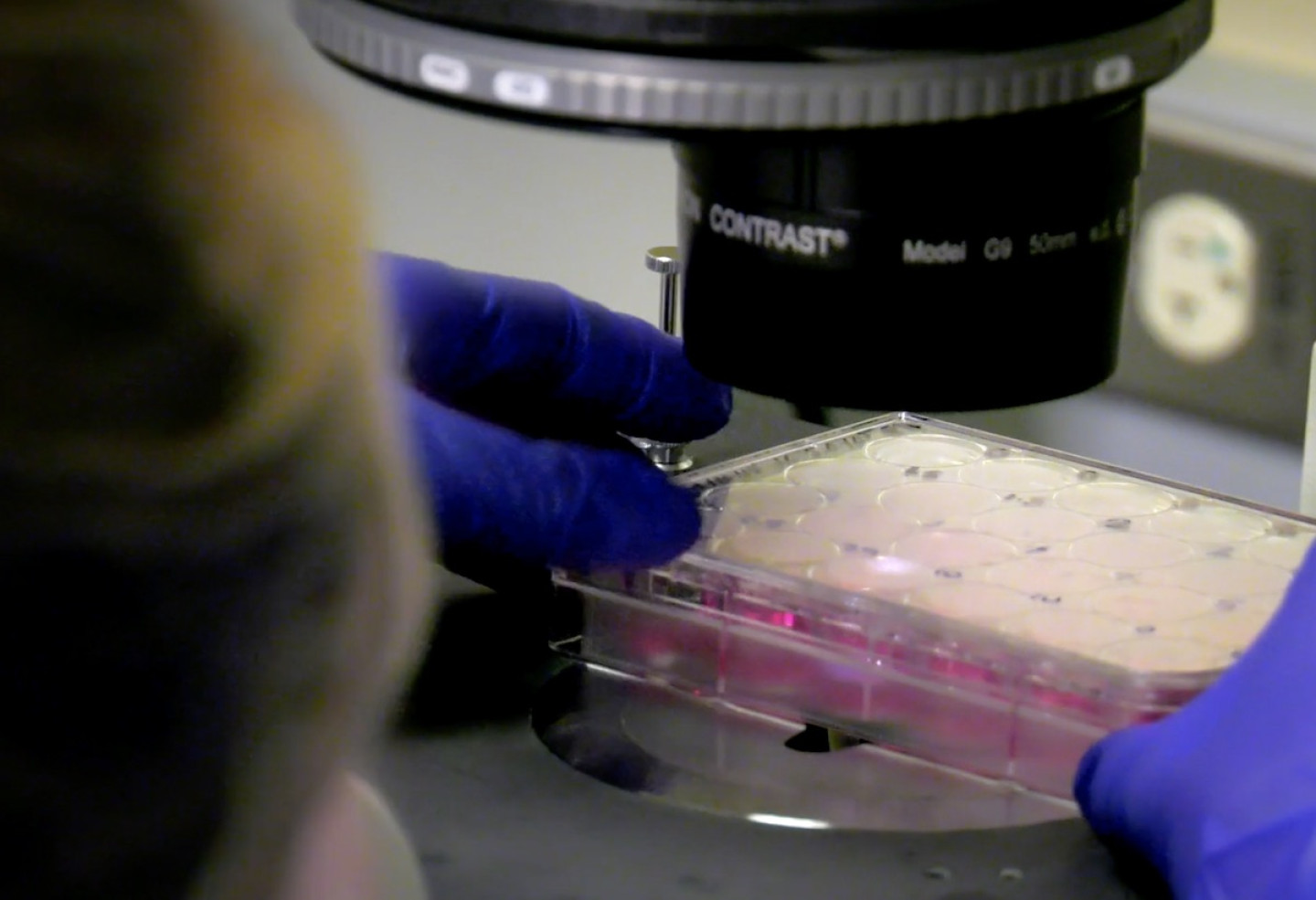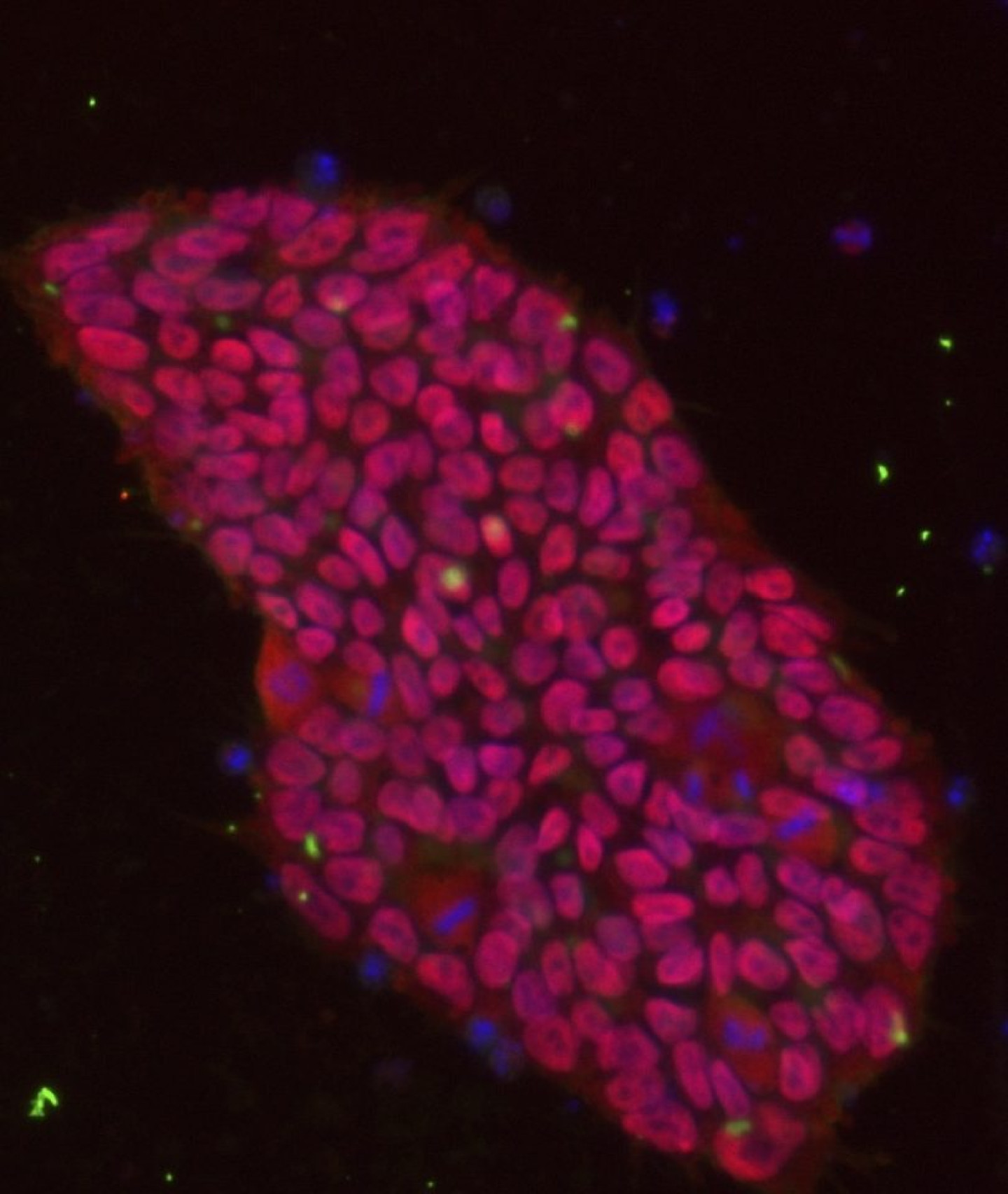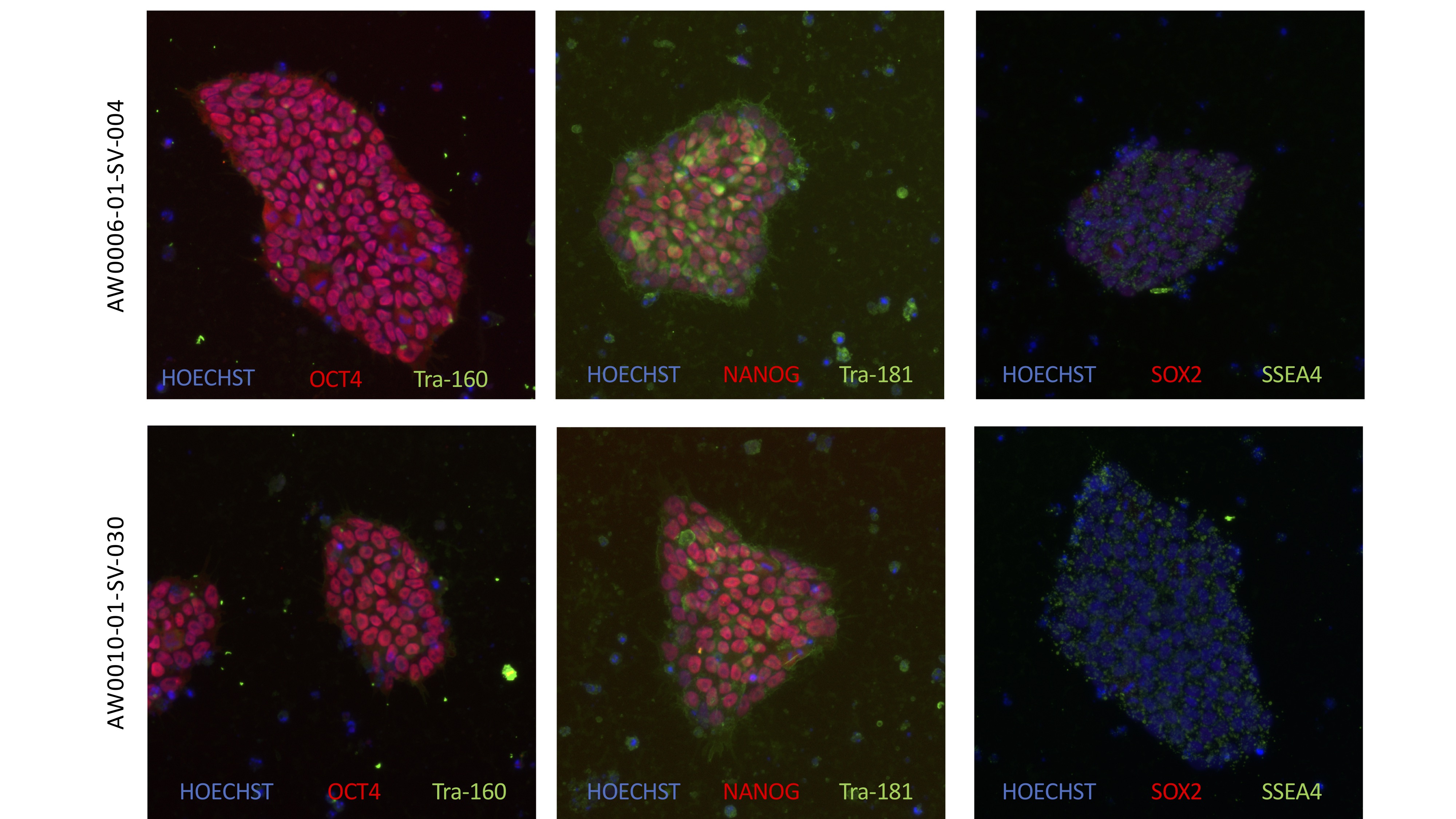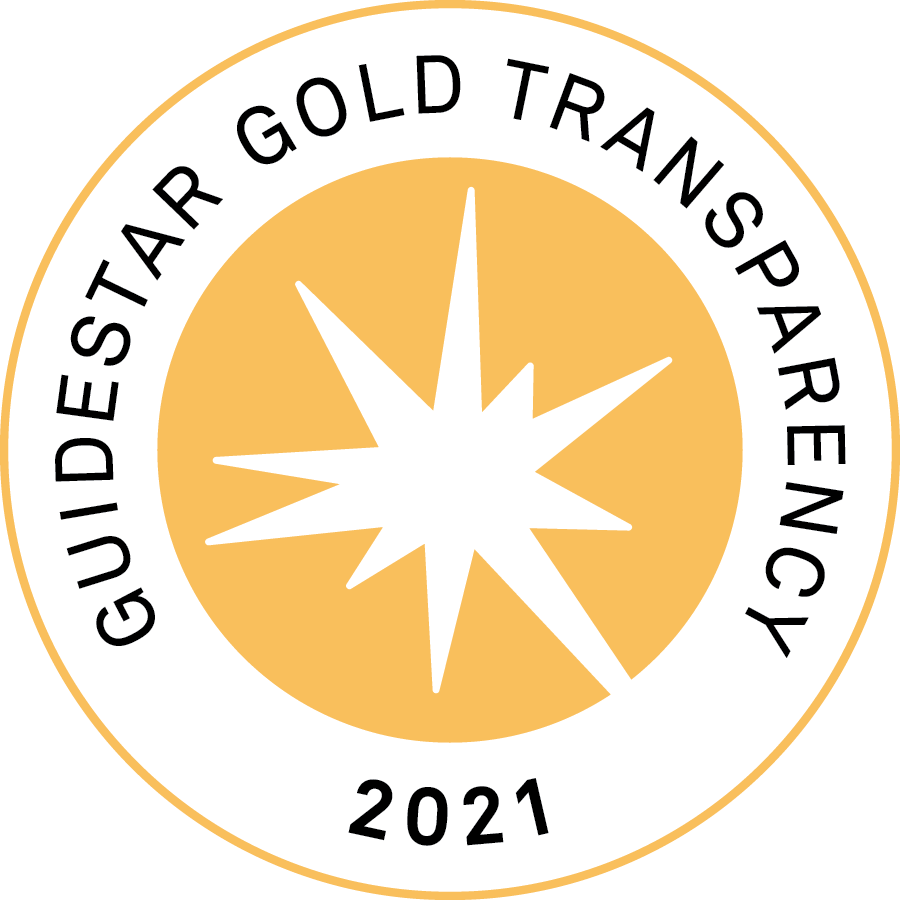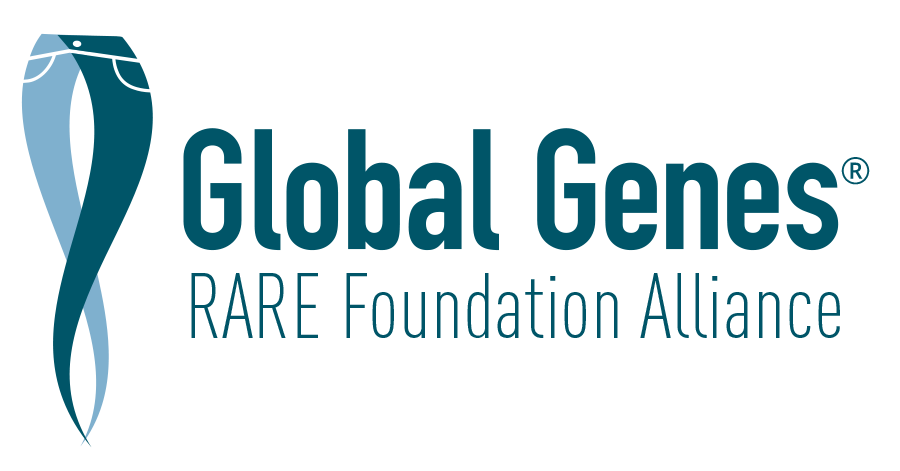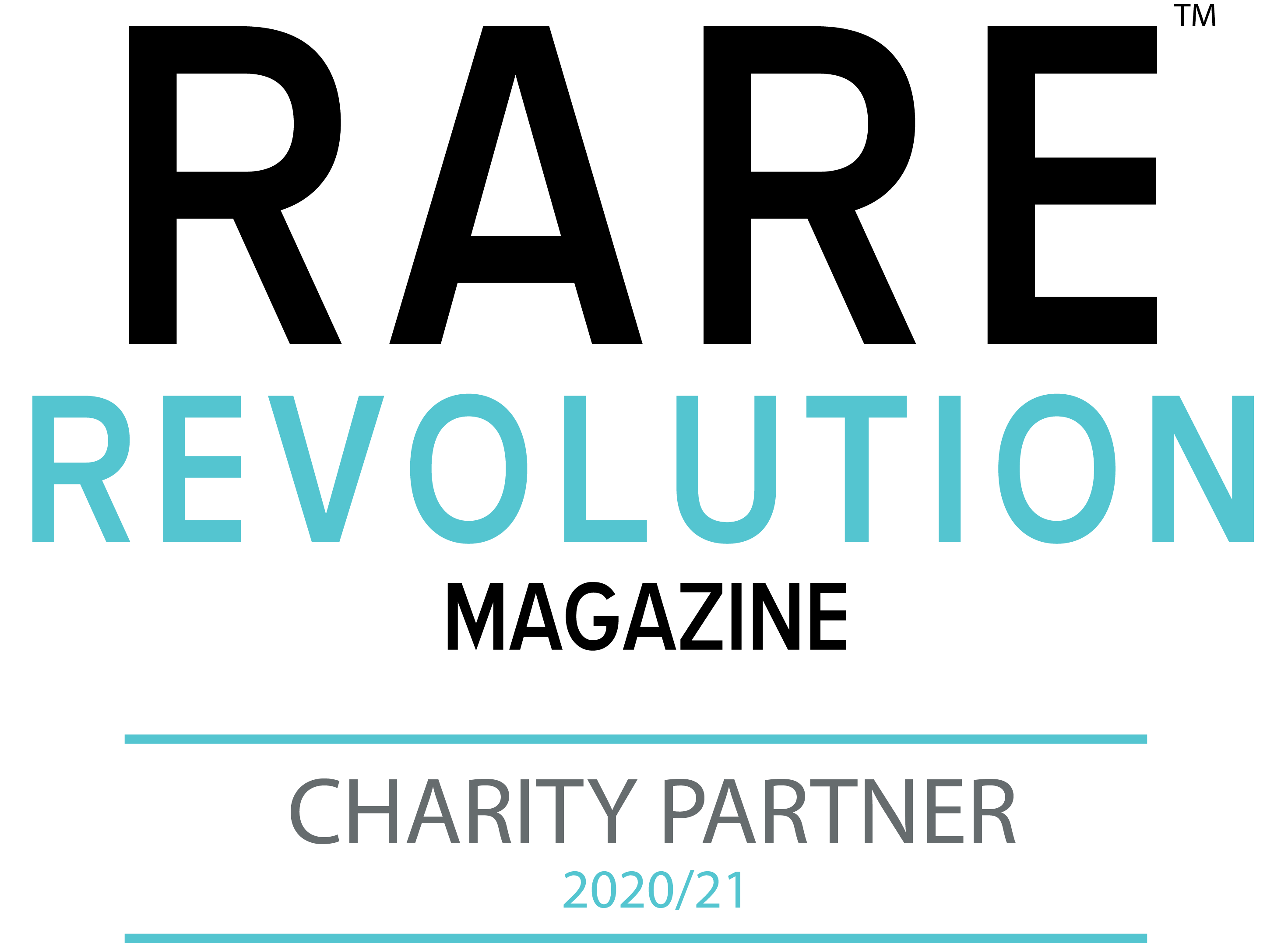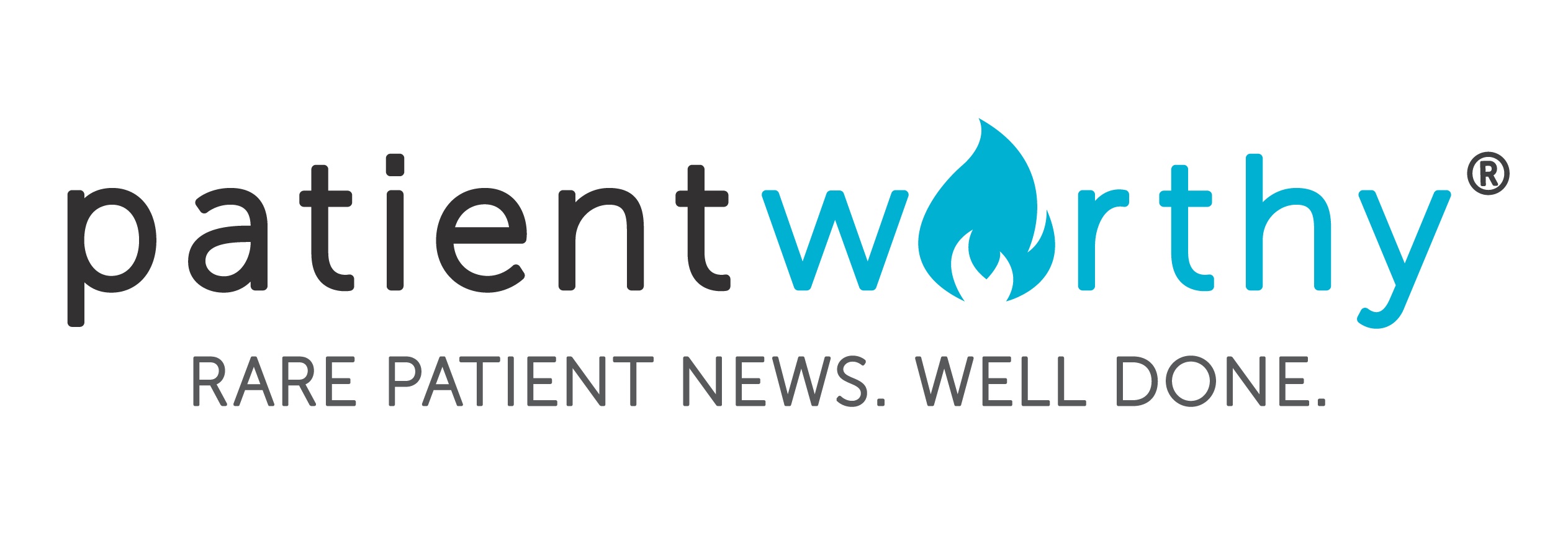We can’t believe the Summer has arrived! It’s July already, the year is flying by. Thank you for taking a moment to read our Jordan’s Guardian Angels Quarterly Update. Here we hope you will find a window into the incredible progress this group is making on so many levels.
Our community is growing, our research is evolving in leaps and bounds and we have never been closer to a treatment or a cure for Jordan’s Syndrome.
Thank you for being a part of our family and for taking the time to be involved. We are so appreciative of the support you and your families provide.
Jordan’s Guardian Angels is in the midst of a very exciting time as we are closer than ever to finding answers. We are now just months away from beginning targeted clinical trials. Families from around the world are continuing to provide their data and answer surveys with Simons Searchlight and our research team to better understand Jordan’s Syndrome and what it does.
Currently, our research team is working diligently on a deep dive into the basic science to understand the genetic mutations on a micro level. Mice clinical trials are also ramping up using 3 different compounds targeting different symptoms of Jordan’s Syndrome. A clinical trials team is hard at work right now designing the trials in preparation for human clinical trials using one particular compound that has shown to improve cognition when administered to mice.
It's more important than ever that we continue our fundraising efforts as we are getting closer and closer to what we have all been waiting for… an answer for our families and to see the impacts this research has on the world.


We are continuing to grow every single week here at Jordan’s Guardian Angels. We are thrilled that our new families are finding us and now have a new and supportive home. Our community is now more than 380 families strong and growing all the time.
To make the transition into our community run smoothly, we now have a fully staffed Ambassador Program for our families to utilize. These specially trained individuals are all part of our global family here to help new families and current families with navigating JGA. The program is designed to help our families in their language in their region of the world to help make the transition run smoothly. The Ambassadors have created regional Whatsapp groups and Facebook groups and texts threads to provide support for our families.
We are so grateful for the work they do.
This year, we have launched a brand-new fundraising campaign aimed at raising ONE MILLION DOLLARS for our children who truly are one in a million. The goal is simple, to get as many people as humanly possible to donate one dollar today. One dollar, one time and we grow from there. All of the funds go directly to Jordan’s Syndrome Research. Watch this video to learn more!
Here are three easy places to donate today:
Venmo: venmo.com/JordansGuardianAngels
PayPal: https://www.paypal.com/donate/?hosted_button_id=KXPNGTHTDT5TC
JGA Site: https://jordansguardianangels.org/get-involved/
We are #JGAOneInAMillion!
If you have any questions, please contact Candice Huber: chuber@jordansguadianangels.org.

Summer 2024 is our targeted date for our next Family Conference! We are very excited to have everyone together again and to be able to continue gathering valuable information for our research efforts. More details are to come on specific dates and a location. Stay tuned!
Jordan’s Guardian Angels is expanding its partnership with the Rare Epilepsy Network. Our Director of Outreach and Content Development, Christina Janes is now a member of their Coordinating Committee.
REN welcomes all rare epilepsy organizations and broad epilepsy stakeholders to come together around research efforts to improve lives. This partnership is something we are extremely proud of as REN is one of the foremost global networks in the rare disease community. We look forward to a long and fruitful partnership.

ALL of our social media channels recently underwent a major tech overhaul. Under careful and targeted guidance, we are growing our digital footprint and could use your help in aiding that growth.
Help us to grow our social media. Click the links below to “follow” our journey. One click makes a big difference!
Facebook
Instagram
YouTube
Linkedin
Twitter
TikTok
We are so excited to highlight an incredible Jordan’s Guardian Angels Mom who continues to spread the word about Jordan’s Syndrome every day. Michelle Fruhschien is Mom to Hailey who is living with Jordan’s Syndrome. She’s also an incredible advocate and social media aficionado. Michelle has joined forces with Extra Lucky Moms to spread the word about our community.
Extra Lucky Moms continues to be a great JGA partner, this group helps to remind us daily that we are extra lucky to be the parents of children with special needs. The founders created this group as two moms who want to share the joy that comes with being a disability mom.
They have since published a book Dear Mama: Stories of an extra lucky life, a compilation of letters from moms in the disability community. Michelle was chosen as one of those Moms to share her story. We are so proud of her, of all the good she’s bringing to the world and her continued efforts to shed light on Jordan’s Syndrome and Jordan’s Guardian Angels. Thank you Michelle for all you do!
From this global family pictured above to you, THANK YOU!
As we always say, we couldn’t do this without all of you. Our journey is now your journey, and as we find a treatment or a cure for our children, we could very well unlock some of the world’s greatest medical mysteries… Parkinson’s, Autism, cancer, Alzheimer’s and more that could impact you or someone you love. We are so thankful for all of you, your dedication, donations, support and guidance.
From all of us here at Jordan’s Guardian Angels, THANK YOU!
